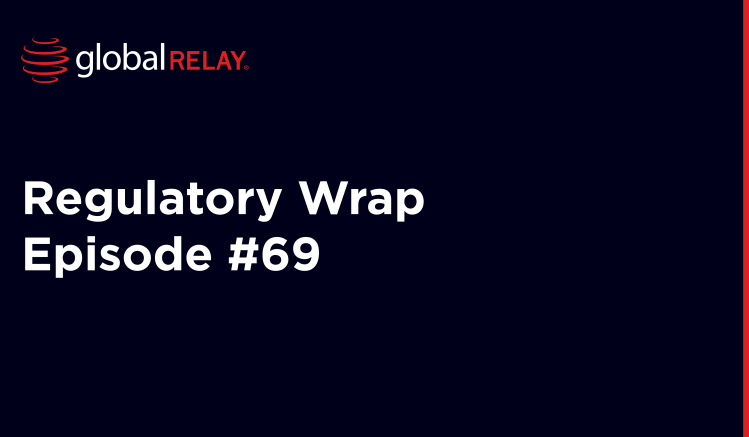Amidst the government shutdown, Acting Assistant Attorney General of the Department of Justice (DOJ’s) Criminal Division, Matthew Galeotti, spoke to several hundred compliance professionals at the opening plenary session of the 26th annual Pharmaceutical and Medical Device Ethics and Compliance Congress in Washington, DC. Galeotti reviewed the Corporate Enforcement Policy (CEP) released earlier this year and shed new light on what the updated self-disclosure policy means specifically for healthcare and life sciences organizations in an era of deregulation and enforcement-led direction.
A year without certainty
After the DOJ released its updated CEP last Spring, pharmaceutical and medical device compliance professionals remained wary of how to interpret the guidance from a Justice Department that has operated at an unpredictable cadence amidst staffing reductions across the DOJ. Coupled with budgetary constraints on the industry side, the overall reduction in manpower has left some teams feeling unprepared for what seems to be an era of enforcement-led regulation.
Some conference discussions hinted at uncertainty around the administration’s stance on pharmaceutical access and promotion. Dual policies from the federal government signal both a crackdown on pharmaceutical advertising against “overprescription,” while encouraging greater access to drugs through a government-run DTC marketplace. Seemingly contradictory polices like this, and the slashing of oversight orders from the previous administration, leave companies uncertain about what guidance remains relevant.
DOJ-issued, self-disclosure flow chart
Acknowledging that uncertainty, Galeotti directed audience members to a visual aid released by the DOJ’s Criminal Department that allows compliance and legal teams to enter into the self-disclosure process with some expectation of how that process will play out.
The flowchart diagram outlines three paths to resolution: from full declinations to reduced penalties for “near miss” disclosures. Positive outcomes for self-disclosure are named in the chart, providing clear incentives for transparency.
The diagram is industry agnostic, as the Criminal Division prosecutes misconduct across industries. However, Global Relay has modified the flow chart to show how a pharmaceutical company might interpret the guidance with industry-specific misconduct, such as market manipulation by individual employees. Our version of the flow chart also details how Global Relay solutions can help companies proactively monitor for misconduct and self-report in accordance with DOJ expectations.
“It’s not all or nothing”
Galeotti advised that self-disclosure is not a zero-sum game, and disclosing misconduct at any point can ameliorate DOJ actions. The “if, then” style of the flowchart allows an organization to insert itself into the picture at any point and see how its case may play out based on what actions have or haven’t been taken up to that point.
On the flip side, Galeotti notes that now organizations have this resource, “prosecutors will take that into account.” Lack of disclosure, or failure to disclose early, might now come with a stronger penalty from the DOJ.
Organizations should prioritize a strong compliance stack with total communications capture, robust recordkeeping, speedy eDiscovery processes, and proactive monitoring that will expedite the process of alerting regulators to misconduct.
Final words from the DOJ
Galeotti’s parting advice to the industry? Don’t change course to try and predict where the DOJ might focus next. It’s an onerous process that’s gambling at best. Instead, Galeotti recommends that organizations focus on demonstrating proactive compliance. This way, no matter what misconduct might surface, the DOJ will likely react positively in response to a proven track record of due diligence and the appropriate allocation of resources to compliance efforts.
While the DOJ framework provides clear incentives for transparency, as detailed in the modified flow chart above, pharmaceutical companies must detect potential violations quickly enough to qualify for cooperation credit. To meet DOJ expectations for voluntary disclosure, life sciences companies need technology that captures potential misconduct and market abuse with both speed and precision.
Global Relay’s AI-enabled mobile communications monitoring helps pharmaceutical companies strengthen their compliance workflows to meet heightened regulatory scrutiny. Capture business communications across social media and ephemeral messaging platforms or seamlessly integrate BYOD and corporate device programs into one workflow. Learn more about Global Relay for Healthcare & Life Sciences.



